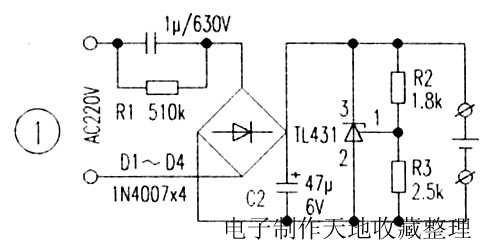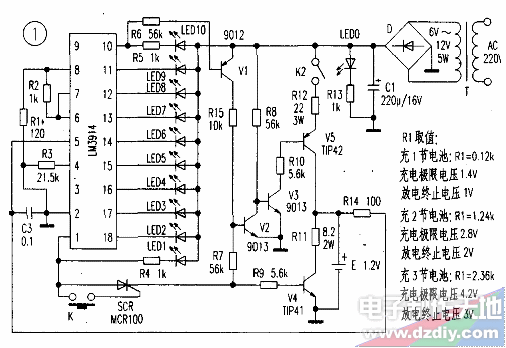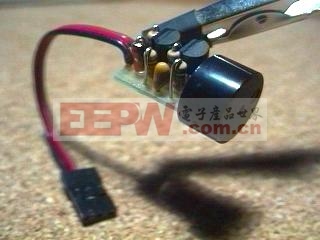Charging rechargeable batteries
In the pursuit of longer run times, reduced weights, and/or lower system costs, device manufacturers are replacing nickel cadmium (NiCd) and alkaline cell chemistries with chemistries like nickel metal hydride (NiMH) and lithium ion (Li-ion). The decision on what battery technology to embrace often depends on factors such as the charging regimen, which in turn is determined by form factor and a cell's chemistry.
Charging
Optimum charging methods for the different chemistries are not the same. For example, a 1.3-Vdc trickle charge can be used on NiCd batteries, and the three primary techniques for NiCd charge termination are time, voltage, and temperature. A major concern with NiCd cells is the memory effect, also known as voltage depression, where the cell "remembers" the level of discharge so the voltage of the cell emulates that of a fully discharged cell.
A trickle charge can also be used with NiMH chemistry, and such cells can be kept on C/50 trickle charge rates (capacity rate divided by 50) almost continuously without cell damage although a timer is recommended to ensure that no problems do occur. For faster charging梐t rates up to the battery capacity in ampere-hours (defined as C rate)梐 termination method must be employed to ensure cells are not damaged in the charging process.
For Li-ion chemistry, charging voltage and charging techniques are very different. A two-stage (called a CC/CV) charge cycle must be performed to fully charge the battery, with the first stage of the cycle being a constant-current charge to bring the battery voltage to 4.1 to 4.2 Vdc per cell. Then a constant-voltage charge is initiated until the charge current reduces to 3% of the rated cell current, where a top-off charge may be used to counteract the self-discharge of the battery and protective circuit.
Depending on the battery, this top-off charge may be repeated once every 20 days. To control the charge and discharge of a Li ion battery or pack, a protection control module (PCM) circuit is used. The circuitry changes the pack discharge, charge, and application considerations so each PCM is unique to each application.
Requirements for Various Rechargeable Cell Chemistries| Chemistry | Voltage Per Cell | Charging Vdc Per Cell | Charging Method | Termination Method |
| NiCd | 1.2 Vdc | 1.3 Vdc | Constant current | Temperature, or a timer |
| NiMH | 1.2 Vdc | 1.3 Vdc | Constant current, which can vary the charge time | Neg. delta voltage, dT/dt (change in temp), or a timer |
| Li-ion | 3.4 to 3.7 Vdc | 4.2 Vdc | Constant current until cell reaches 4.2 Vdc, then constant voltage till 3% of rated current | Drop in the charge current to 3% of the rated cell capacity (use PCM to control process) |
Since charge characteristics and termination techniques are so different, it is not safe to attempt using the same charger to charge different battery chemistries, as overcharging or over-discharging a cell can cause failures ranging from annoying cell electrolyte venting to fire.
Smart charging
If different cell chemistries are using the same base charger, there are two methods to prevent the wrong charge method being used for the battery pack. The first option is a mechanical contact difference that forces the charger to select the proper charge technique, and the second is to let the contacts of the various packs remain the same but use a "smart charger" with a brief sensing stage that can detect the type of battery chemistry used.
The advantage to using a smart charger is that product engineers can now use the same configuration for the product and the pack, regardless of the chemistry used, saving development time and product-tooling costs. The only disadvantage is that the final cost of the charger is increased because a special sensing circuit must be used and different circuits must be employed to conduct the charge and charge termination cycles.








評論